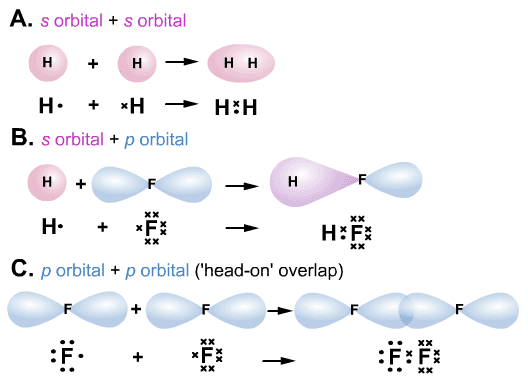
The length of the carbon-hydrogen bonds in methane is 1.09 Å (1.09 x 10 -10 m).

This is simply a restatement of the Valence Shell Electron Pair Repulsion (VSEPR) theory that you learned in General Chemistry: electron pairs (in orbitals) will arrange themselves in such a way as to remain as far apart as possible, due to negative-negative electrostatic repulsion.Įach C-H bond in methane, then, can be described as an overlap between a half-filled 1 s orbital in a hydrogen atom and the larger lobe of one of the four half-filled sp 3 hybrid orbitals in the central carbon. This geometric arrangement makes perfect sense if you consider that it is precisely this angle that allows the four orbitals (and the electrons in them) to be as far apart from each other as possible. The larger lobes of the sp 3 hybrids are directed towards the four corners of a tetrahedron, meaning that the angle between any two orbitals is 109.5 o. Unlike the p orbitals, however, the two lobes are of very different size.

The sp 3 hybrid orbitals, like the p orbitals of which they are partially composed, are oblong in shape, and have two lobes of opposite sign. In the new electron configuration, each of the four valence electrons on the carbon occupies a single sp 3 orbital. In this picture, the four valence orbitals of the carbon (one 2 s and three 2 p orbitals) combine mathematically (remember: orbitals are described by equations) to form four equivalent hybrid orbitals, which are named sp 3 orbitals because they are formed from mixing one s and three p orbitals. In order to explain this observation, valence bond theory relies on a concept called orbital hybridization.

How does the carbon form four bonds if it has only two half-filled p orbitals available for bonding? A hint comes from the experimental observation that the four C-H bonds in methane are arranged with tetrahedral geometry about the central carbon, and that each bond has the same length and strength. Recall the valence electron configuration of the central carbon: Now let’s turn to methane, the simplest organic molecule. Hybrid orbitals: sp 3 hybridization and tetrahedral bonding


 0 kommentar(er)
0 kommentar(er)
